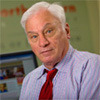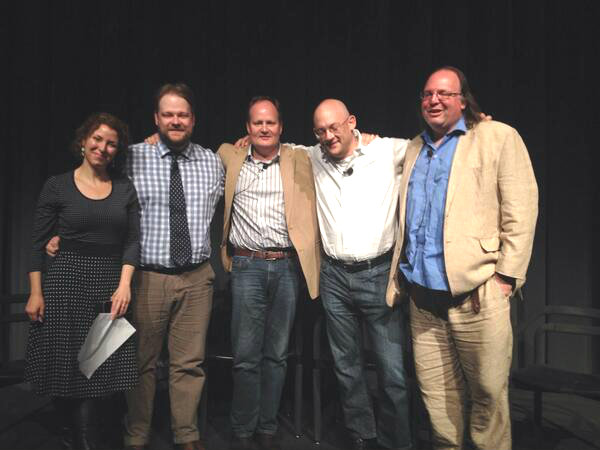At a moment when large swaths of the entertainment business and news media are melting down as long-suppressed tales of sexual harassment are coming out into the open, Boston Globe Media president and chief financial officer Vinay Mehra has sent a memo to the staff on how the Globe would handle such issues. Among other things, Mehra said that employees will undergo mandatory training, and that anyone who has been subjected to harassment “should not hesitate to speak confidentially and without fear of retaliation with whomever you feel comfortable.”
The Globe recently published a couple of important articles on sexual harassment at the Statehouse (by columnist Yvonne Abraham) and in the restaurant business (by food critic Devra First). No institution is immune, of course, and it would be interesting to see how the Globe — or any news organization — would report on itself if such accusations were leveled. NPR has certainly had to dive deeply into this with the exposure and subsequent firing of top news executive Michael Oreskes. NPR chief executive Jarl Mohn, who has come under criticism for his handling of the Oreskes matter, said Tuesday that he will take a health-related leave of absence.
A source sent a copy of Mehra’s memo to me a short time ago. Here is the full text.
Dear Staff,
I’m reaching out to address the many conversations that are happening in and outside of Boston Globe Media about sexual harassment and overall conduct in the workplace, particularly in the media industry.
We are a company that deeply values equality, diversity, and individuality. We know that we thrive individually and collectively when everyone feels safe and respected. We do not tolerate harassment of any kind, and we have a set of policies and processes for reporting and responding to misconduct, which I’d like to lay out here.
We will look into all allegations of harassment and related conduct, and will act on them accordingly. Please find attached, the company’s sexual harassment policy that has been in effect since ownership under the New York Times. We have made updates to make our policy more comprehensive and have identified specific individuals within HR to address issues.
You should not hesitate to speak confidentially and without fear of retaliation with whomever you feel comfortable — your manager, HR, Legal, or with any team leader or executive in this company. If you experience misconduct of any kind, we want to give you every opportunity to be heard through a vehicle of your choice so that we can attempt to address your concerns promptly and confidentially.
We also hope you’ll take seriously the workplace conduct trainings we will be conducting online and in person over the next few months. Employees will receive an invitation from HR within the next month to a mandatory online training.
We are a stronger and more inclusive company when these issues are raised and acted on. Thank you as always for your hard work and your commitment to our organization.
Vinay




 Emily Rooney is taping the intro to a segment of WGBH-TV’s new local public-affairs show, Greater Boston. Or trying to, anyway. It’s been a long day. Her feet are killing her. And her first few attempts at hyping an interview with Charles Murray, the controversial academic who’s currently promoting his new book on libertarianism, haven’t gone particularly well.
Emily Rooney is taping the intro to a segment of WGBH-TV’s new local public-affairs show, Greater Boston. Or trying to, anyway. It’s been a long day. Her feet are killing her. And her first few attempts at hyping an interview with Charles Murray, the controversial academic who’s currently promoting his new book on libertarianism, haven’t gone particularly well.


